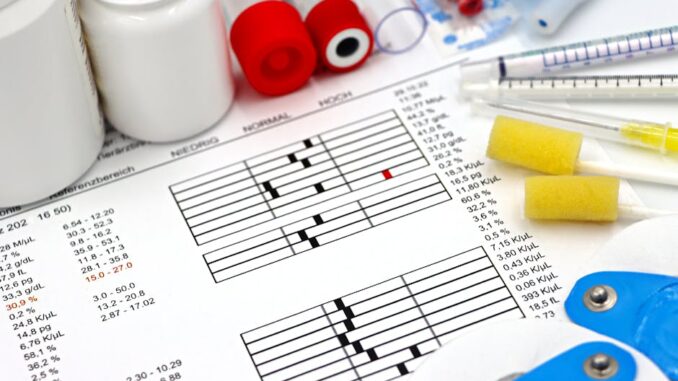
Summary
A recent trial found Boston Scientific’s Farapulse pulsed-field ablation (PFA) catheter noninferior to Medtronic’s Arctic Front cryoablation system in treating atrial fibrillation. This challenges Medtronic’s position in the cryoablation market, while bolstering Boston Scientific’s Farapulse as a viable alternative. The trial’s results have significant implications for the future of atrial fibrillation treatment.
TrueNAS: the healthcare storage solution thats secure, scalable, and surprisingly affordable.
** Main Story**
Farapulse PFA vs. Cryoablation: A New Contender Emerges
In a recent randomized clinical trial published in The New England Journal of Medicine, Boston Scientific’s Farapulse pulsed-field ablation (PFA) catheter proved noninferior to Medtronic’s Arctic Front cryoablation system for treating paroxysmal atrial fibrillation. This head-to-head comparison involved 210 patients, randomly assigned to either PFA or cryoablation. The results revealed that atrial tachyarrhythmia recurred in 39 patients in the PFA group and 53 patients in the cryoablation group, demonstrating Farapulse’s competitive efficacy.
The Rise of PFA and the Impact on Cryoablation
This trial arrives amidst a shifting landscape in the electrophysiology market. Pulsed-field ablation (PFA) is gaining significant traction as a treatment for atrial fibrillation, challenging established technologies like cryoablation and radiofrequency ablation. Boston Scientific’s Farapulse, in particular, has seen remarkable success, generating over \$1 billion in revenue in 2024. This rapid adoption of PFA by electrophysiologists has impacted Medtronic’s cryoablation business, although Medtronic has attempted to offset these losses by focusing on its own PFA device, PulseSelect.
Trial Details and Implications for Atrial Fibrillation Treatment
The SINGLE SHOT CHAMPION trial, conducted at Bern University Hospital in Switzerland, provided a comprehensive assessment of ablation efficacy through continuous rhythm monitoring. Beyond noninferiority in recurrence rates, the trial also demonstrated that Farapulse had a greater reduction in recurrence during the blanking period (the first three months post-ablation). Furthermore, there were no significant differences in safety outcomes, clinical interventions, or quality of life measures between the two treatment groups. These results offer further confidence in the ability of Farapulse to improve outcomes for patients with paroxysmal atrial fibrillation, potentially expanding treatment options and improving patient care.
Further advancements in Atrial fibrillation treatment
The search for more effective and less invasive treatment strategies for atrial fibrillation (AF) is ongoing. Here are a few notable areas of advancement:
-
Hybrid Ablation Procedures: Combining minimally invasive surgical approaches with catheter-based ablation techniques is gaining popularity. This hybrid approach aims to improve the long-term success rates of AF treatment, particularly for patients with persistent or long-standing AF.
-
Contact Force Sensing Catheters: These catheters provide real-time feedback on the force applied to the heart wall during ablation, potentially improving the efficacy and safety of the procedure. Consistent contact force is crucial for creating effective lesions and minimizing complications.
-
Advances in Imaging Technology: Improvements in cardiac imaging, including 3D mapping systems and intracardiac echocardiography, allow for more precise and detailed visualization of the heart’s anatomy. This enhanced visualization facilitates more accurate targeting of ablation sites and helps minimize damage to surrounding tissues.
-
Artificial Intelligence (AI) in Atrial Fibrillation Management: AI algorithms are being developed to assist in the diagnosis, risk stratification, and treatment planning of AF. These algorithms can analyze large datasets of patient information to identify patterns and predict outcomes, potentially enabling more personalized treatment strategies.
As of April 7, 2025, these advances continue to evolve, holding great promise for refining atrial fibrillation treatment strategies, improving patient outcomes, and enhancing quality of life for individuals living with this condition.


Be the first to comment